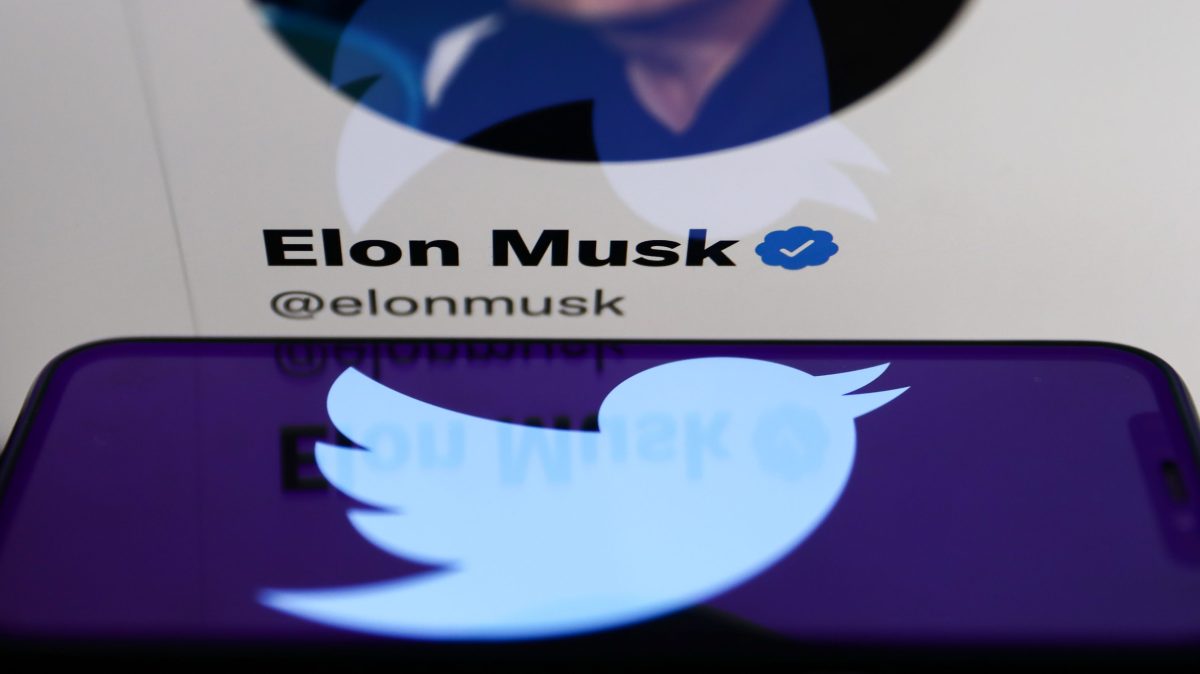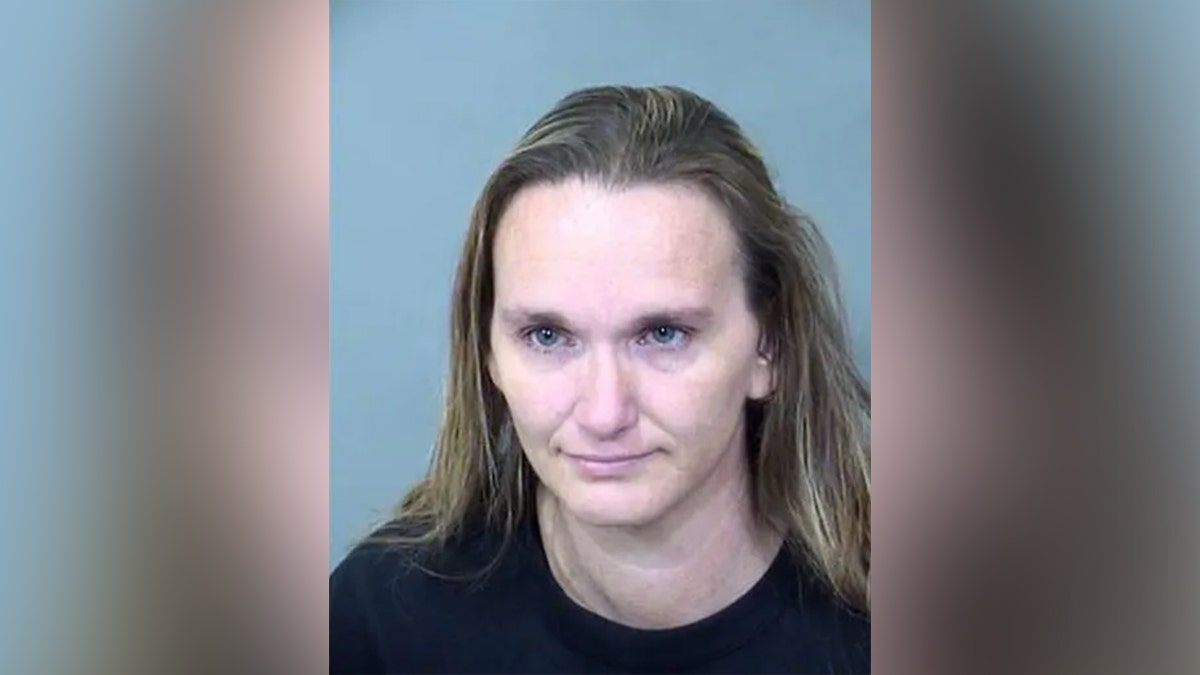During a late summer heat wave in California, golden hour becomes danger hour. In the offices of the California Independent System Operator, which manages the state’s grid, things get tense. Their mission is to keep the electrons going where they’re supposed to go—otherwise, it’s rolling blackouts for millions.
That risk arises from a brief, but important, mismatch between supply and demand. A growing share of the state’s energy is derived from solar panels, which made up about a fifth of its supply last year. But as the sun goes down and those panels stop receiving photons, demand for electricity keeps soaring. People get home from work and plug in their EVs, then flick on the air conditioning to clear out the afternoon stuffiness. Maybe they make dinner and run the dishwasher. Meanwhile, back at work, the lights in the office are probably still humming.
These were the concerns during this week’s heat emergency, when dozens of cities broke all-time temperature records and energy demand soared. But this time around, the California ISO had some extra juice to work with: a relatively new fleet of grid-scale batteries. They are designed to hold their power for about four hours—just long enough to cover the evening gap. At peak output, about 6 percent of the energy supply comes from these discharging batteries, up from 0.1 percent in 2017, according to an analysis by BloombergNEF. Capacity nearly doubled in the past year. Just after 6 pm on Tuesday, batteries surpassed the output of the state’s last remaining nuclear plant, peaking at just under 3,000 megawatts.
Content
This content can also be viewed on the site it originates from.
There was also a second push, this one on the demand side. At around 5:45 pm, the phones of millions of Californians buzzed as a solid block of text arrived, imploring them to delay all those evening rituals to save energy. Apparently, they did. In the next 20 minutes, more than 2,000 megawatts of demand disappeared from the grid, according to Anne Gonzales, a California ISO spokesperson. It happened so quickly that many energy pundits were stunned. “I was pleasantly surprised to see how everyone came together,” says Ryan Hanna, an energy researcher at the University of California, San Diego.
Altogether, Hanna says, both battery use and text alerts are relatively “marginal” inputs in keeping supply and demand in balance, given this week’s record-setting peak demand: 52,000 megawatts. In the evening hours, the state still relies on natural gas to top off the electricity supply, as well as imports from other states. (For comparison, gas peaked at nearly 27,000 megawatts.) But in a crisis like this, “the margins are everything,” he adds. While utilities in a few Bay Area communities went ahead with rotating outages on Tuesday, affecting about 50,000 customers—the result of what California ISO later called a miscommunication—that was far fewer than expected. On Wednesday and Thursday, despite coming close to Tuesday’s demand record, blackouts were again avoided.
It’s been a relatively slow ramp-up for large-scale battery deployment. Efforts to overhaul the grid and create more storage began a decade ago but have trailed renewable energy generation, like wind and solar farms, in terms of actual installations. In part, that’s because batteries are a regulatory puzzle. Some tricky math goes into figuring out the right incentives for a power source that stores, rather than produces, energy. Plus, while solar panels and wind turbines are now ubiquitous, grid operators have less experience deploying batteries at scale, so technical uncertainties remain. The state’s largest battery, a 1,600-MW-hour facility housed at a natural gas plant in Moss Landing, spent nearly a year largely offline due to issues managing the temperatures of the vast stacks of lithium-ion batteries.
There are other kinks to be worked out. Earlier this week, some batteries began discharging sooner than expected when the price battery operators are paid for their energy exceeded a state-mandated cap. (These operators can include local utilities, or independent companies.) With no upside to holding on to their electrons longer, the batteries started discharging their loads well before the grid was on high alert. The analysis on whether that was the right move “is still to come,” says Dan Kammen, an energy expert at the University of California, Berkeley. But it’s likely to spark discussions about the right way to incentivize battery operations—and potentially redesign the software that controls their operations to be more flexible in extreme situations.
Content
This content can also be viewed on the site it originates from.
Over the past two years, the difference in battery usage in the early evenings has been stark—an increase of more than 10 times at peak usage in 2022 compared to 2020. State plans call for an increase to 41 gigawatts of energy storage by 2045, up from about 3 gigawatts today.
And that’s a good thing, Kammen points out, because in some ways, California got lucky for most of this heat wave. While it’s been brutally hot, it hasn’t been blustery. High winds risk power line problems that spark fires, so utilities may shut off power preemptively to avoid trouble. Worse yet, if fires do spark, they can force other parts of the system to shut down or create smoke that obscures the sun and reduces solar output. (That happened at the tail end of the heatwave on Thursday night due to fires in Southern California, forcing officials to begin calls for demand reduction earlier in the day.) The mostly calm conditions this week meant grid operators had the luxury of using most of the tools at their disposal. And it meant that hundreds of thousands of homes and businesses supplied their own electricity, thanks to rooftop solar, reducing strain on the grid. Rooftop solar provided as much as 8,000 megawatts during Tuesday’s peak.









![President Trump Gives Barron Trump A Shout Out At His Inaugural Party—Barron’s Unexpected Response is Pure Gold! [VIDEO] | The Gateway Pundit President Trump Gives Barron Trump A Shout Out At His Inaugural Party—Barron’s Unexpected Response is Pure Gold! [VIDEO] | The Gateway Pundit](https://www.thegatewaypundit.com/wp-content/uploads/2025/01/barron-trump-crowd-.jpg)





































.jpg)











